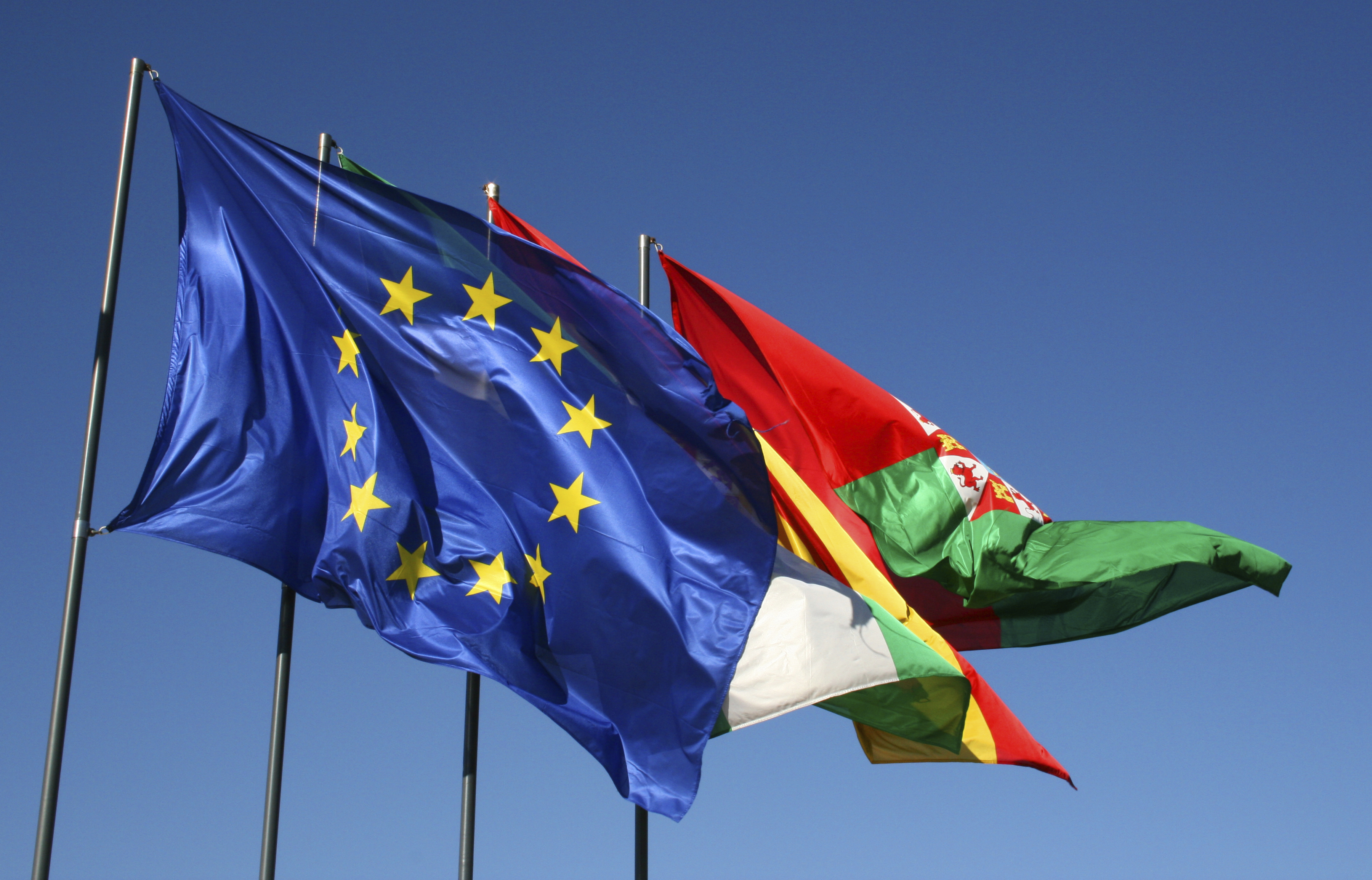The Euro has remained in low demand against the US Dollar today, posting an exchange rate of 1.1250 during Monday’s afternoon session.
The latest news has seen US non-manufacturing activity decline, but earlier composite and service PMIs were both revised up in May.
This has ultimately raised optimism about the US economy, with Markit’s Chris Williamson declaring of the data;
‘The key message from the PMI is that the economy is enjoying steady, albeit unspectacular, growth, and that the pace of expansion has been slowly lifting higher in recent months’.
(First published 12:17, June 5th, 2017)
The Euro (EUR) has made marginal losses against the US Dollar (USD) today, following a mixed series of Eurozone activity measures.
- EUR USD rate dips to 1.1243 – USD EUR advances to 0.8892
- Services activity slows across the Eurozone – Strong German figures fail to boost support
- US Dollar shrugs off prior jobs growth upset – Will Fed still raise US interest rate in June?
- Eurozone retail figures in focus on Tuesday – USD rally possible on incoming PMI stats
The Euro’s instability comes after a diverse spread of Eurozone PMI data, which failed to inspire confidence in the single currency.
On the positive side, the French composite and services scores rose for May, as did the German composite figure.
Elsewhere, however, Spain, Germany and the Eurozone posted either no services activity change in May, or a decline. The overall Eurozone figures still showed growth, which Markit Chief Business Economist Chris Williamson commented on;
‘Encouragingly, both the hard data and the surveys are revealing a broad-based upturn. Official data has lagged behind the strength signalled by PMI data, but recent revisions to first quarter GDP estimates are now bringing the official numbers more in line with the surveys.
The outlook for the Eurozone economy therefore seems to be tilting to the upside, and it seems likely that we’ll start to see many forecasters’ expectations for 2017 growth revised higher’.
The US Dollar’s marginal gains against the Euro have been triggered mainly by Eurozone uncertainties, given the tone of recent US data.
Friday saw the US non-farm payrolls result post lower than expected, which raised concerns about future US jobs growth.
Although some traders were worried that the Federal Reserve may be put off raising interest rates in June, other economists have been more optimistic. In particular, Johns Hopkins University economics professor Jonathan Wright has forecast;
‘I’d be very surprised if they didn’t hike in June, given all the signals that they have sent’.
The next Eurozone data to watch out for will be Tuesday’s retail PMI and retail sales stats, covering the whole single currency bloc. Forecasts are for a minor slowdown in monthly sales for April, from 0.3% to 0.2%. For the high-impact annual result, however, sales are predicted to remain at 2.3%.
Also out tomorrow will be the Eurozone Sentix investor confidence figure for June. This is expected to show no change in the already high level of confidence, which could combine with a strong annual sales figure to trigger a Euro rally.
The week’s first major US announcements are due today, covering PMI figures for May. The US Dollar could initially rally when the finalised composite and services PMI results come in, as forecasts are for upward revision in both fields.
Later on, the ISM non-manufacturing PMI is also out. This is predicted to show a dip in the index from 57.5 to 57 points. Such a result could weaken US Dollar demand, but if traders are more focused on the fact that 57 points still shows growth then losses may be minimised.
Current Interbank EUR USD Exchange Rates
At the time of writing, the Euro to US Dollar (EUR USD) exchange rate was trading at 1.1243 and the US Dollar to Euro (USD EUR) exchange rate was trading at 0.8892.



